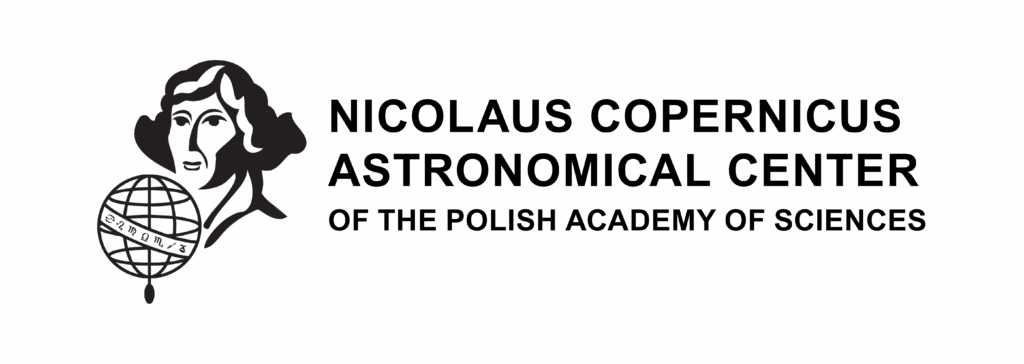Experimental measurement at Princeton University
From February 26 to March 16, 2024, Dr. André Filipe Ventura Cortez, a member of AstroCeNT’s group 4, is visiting Princeton University’s Physics Department in the US.
During his time at Princeton, Dr. Cortez will be involved in an experiment measuring the time profile of the emissions from liquid argon mixed with xenon. Even with very small amounts of xenon (up to 150 parts per million), we expect to see light produced by xenon. This is significant because the light emitted by xenon has a wavelength that can be detected directly by standard sensors, unlike the light from argon which is harder to detect.
Why is this important for searching for dark matter? Well, the light from xenon opens up new possibilities for detecting dark matter particles. Liquid argon has some advantages over liquid xenon—it’s cheaper and easier to purify. Plus, its lower boiling point makes it better for certain types of sensors that we use to detect light.
But here’s where it gets really interesting: liquid argon has this amazing ability to tell the difference between different types of particles. It does this by analyzing the shape of the light pulses it produces when particles interact with it. This technique, called pulse shape discrimination (PSD), helps us distinguish between different events caused by things like electrons or nuclear particles.
So, in summary, Dr. Cortez’s work at Princeton is helping us explore new ways to detect dark matter using liquid argon and xenon, and taking advantage of liquid argon’s special ability to identify different particles.








